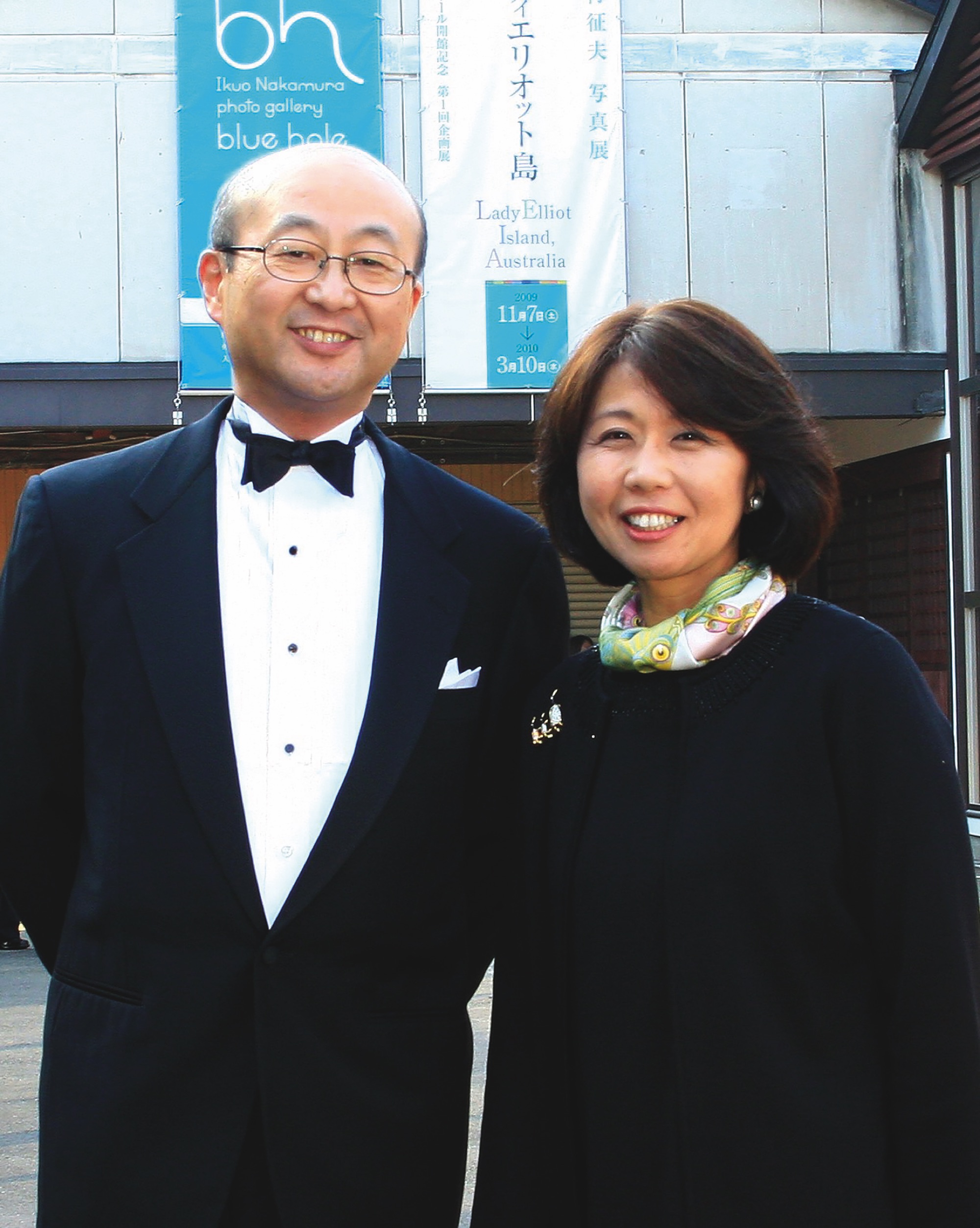
Shin-ichiro and Eiko Kodama, Kodama Brewing
Text: Shin-ichiro Kodama, President of Kodama Jozo; Photo: Archive
Kodama Jozo is a Japanese sake brewery internationally known for its brands Taiheizan and Tenko, located in the Akita Prefecture, northwest of Tokyo. Akita, being a predominantly rice producing area, has its own unique history of sake production by local brewers. Today, there are 34 sake breweries in this prefecture. Current Kodama Jozo president is Shin-ichiro, who is a fifth-generation owner, and Kodama sake is now available in more than 15 countries around the world.
Akita sake production has changed throughout history
Sake, a fermented alcohol beverage made from rice, has a long history in Japan, favoured by local consumers throughout the country. Old capitals like Nara and Kyoto and surrounding breweries have histories of their own, but Akita, being a predominantly rice producing area, also has had its own unique history of sake production, with local brewers producing small amounts for local consumption.
When Japan was officially closed to the world for almost three decades under Tokugawa Shogunate (1603-1868) and the feudal lords ruled their own estates, there were about 750 local sake breweries in Akita alone satisfying the thirst of thousands of workers at Akita’s many prosperous silver and copper mines. Akita’s sake industry flourished then. But these mines have long been closed now. After the end of feudal society and the unification of the country (which began with the Meiji Restoration in 1868) the modernization of Japan began, including a new tax system by the new central government. Sake making was encouraged by the government to help increase tax revenues, and, at its peak, there were about 30,000 sake breweries throughout Japan.
Eventually, however, the numbers declined as the Japanese people’s diet changed to enjoy the diversity of international foods in restaurants and at home, and people’s thirst for alcoholic beverages such as beer, spirits, and wines developed as they became more easily accessible. Currently, in all of Japan, there are about 1,100 sake breweries, with 34 sake breweries in operation in the Akita Prefecture.

Brewery Team
The Kodama family has grown together with the local community
The Kodama family began its family business as a producer of Shoyu (soy sauce) and Miso (soybeans paste) in 1879 – both are traditional fermented seasonings essential to everyday Japanese cuisine.
In 1913, the company’s charismatic second generation leader, Tomokichi Kodama, launched sake production and enlarged the family business. He realized his family business could only grow by developing and modernizing the local community that surrounded his business. He helped install the village’s first telephone network, and gave land to help build a railway station, a post office, and a bank. During the early years of the modernization of Japan, similar efforts were made in many areas by landowners and local business leaders. Blessed with an abundance of rice and clean spring water from nearby mountains, as well as the land the family owned, the Kodama family was able to grow their family business together with the local community.
Surviving the World War II hardships
Taiheizan sake received national recognition in 1933 when Kodama Jozo introduced Japan’s first chilled premium sake. This “unpasteurized” sake became a big hit in Tokyo as it experienced a record-breaking hot summer that year and home refrigerators had just been introduced in Japan. In the following year, in 1934, Taiheizan sake won first place in the 14th Annual National Sake Competition out of 5,169 entries and Taiheizan became a nationally recognized brand in the sake industry, as well as to consumers in big cities.
During World War II, the sake industry faced difficulties due to government regulations, the loss of workers, and the lack of rice. If rice was available, it was necessary to feed people rather than make sake. The Kodama family business was able to survive through the wartime thanks to the continued demands for miso and soy sauce. After the war, the company recovered to brew sake again, and to grow under its fourth-generation leadership.
Today, Kodama Jozo is internationally known for its already mentioned sake brand Taiheizan 太平山, named after a long- worshipped mountain in Akita, and Tenko 天巧, a completely hand-made pure-rice super premium (Junmai Daiginjo) artisan sake series.
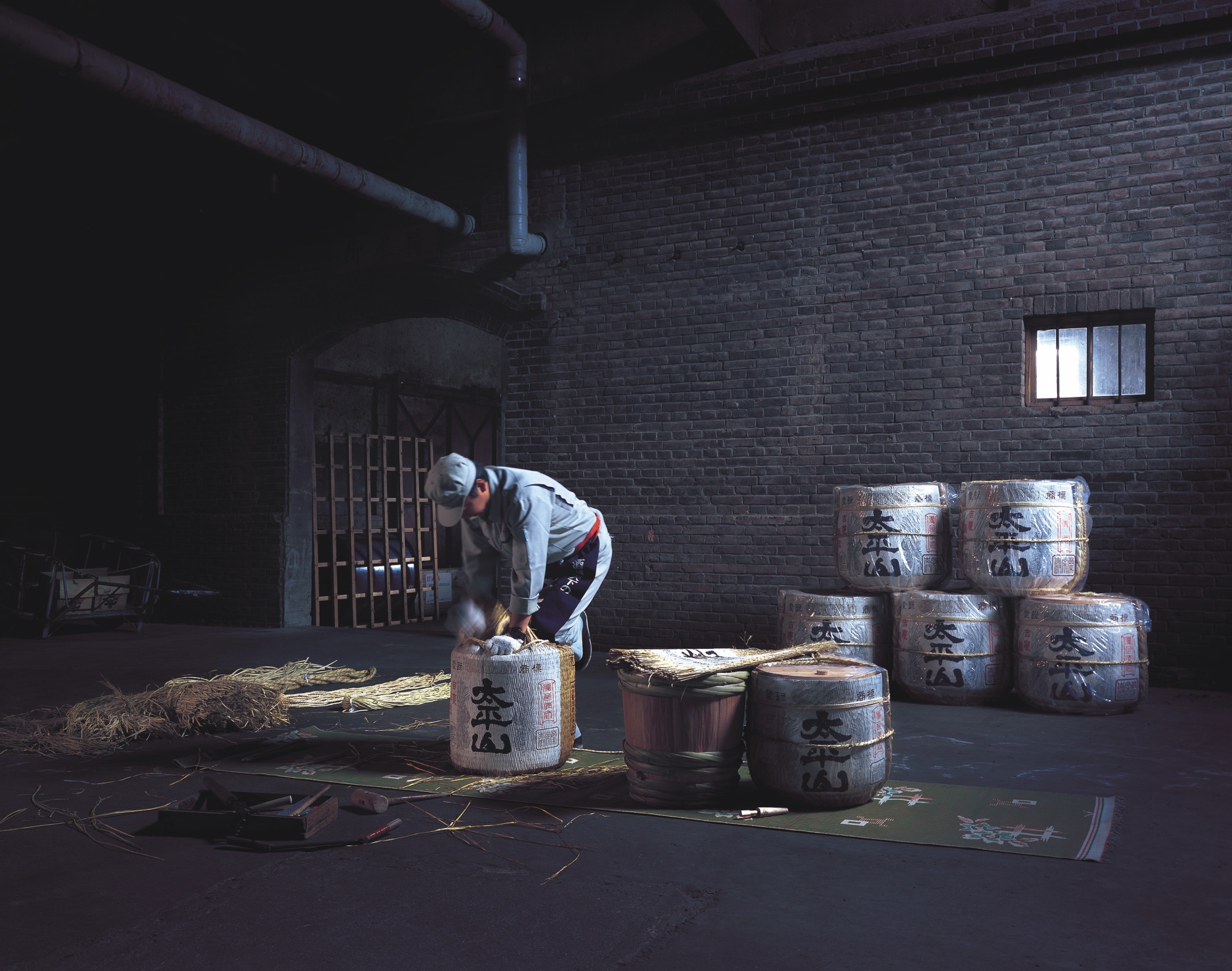
Barrel making
The fifth-generation president introduces super premium sake
The current president of Kodama Jozo is Shin-ichiro, who is the fifth-generation owner. He succeeded the company from his father in 1997. He had launched a new brand – Tenko – in 1989 as a pioneer of completely hand- made artisan super premium sake, brewed with 100% first quality Yamadanishiki rice and local spring water.
The majority of sake being sold in Japan at that time was “regular sake” (vs premium sake), made mostly with table rice. Less than 1% of sake available in Japan in the 1980s was “pure rice super premium”, where brown rice is polished (carved) down to 50% or less to remove excess proteins and minerals etc. to maximize the refined qualities of starch in rice feasible to produce high-grade sake. Unlike grapes, there is no sugar in rice, so the starch in rice needs to first be converted into sugar, which would then be fermented to produce alcohol.
Quality premium sake is made possible with quality rice; clean, soft water; and the skills of experienced workers with the scientific knowledge of how to work with micro-organisms. Tenko is a fine example of super premium sake represented by its elegant fruity and floral aromas, smooth textures, and layered ‘umami’ tastes, well balanced with acidity, freshness, and the natural sweetness of rice. Consumers quickly acquired the taste for this high-grade sake and the premium sake market grew rapidly in the early 2000s, extending its horizons to the overseas markets.
Shin-ichiro has lived during the sake market’s era of internationalization and globalization. Wine sommeliers have started to speak sake in wine languages. Some have launched a sake category in respected wine competitions, and have started to teach “sake making and tasting notes” in wine school classes. Tenko has received international recognition by winning numerous awards in international competitions such as London’s International Wine Challenge (IWC), Paris’ Kura Master, and the US National Sake Appraisals. Tenko has also been served in first and business classes in international flights by the Japanese ANA. Kodama sake is now available in more than 15 countries around the world.
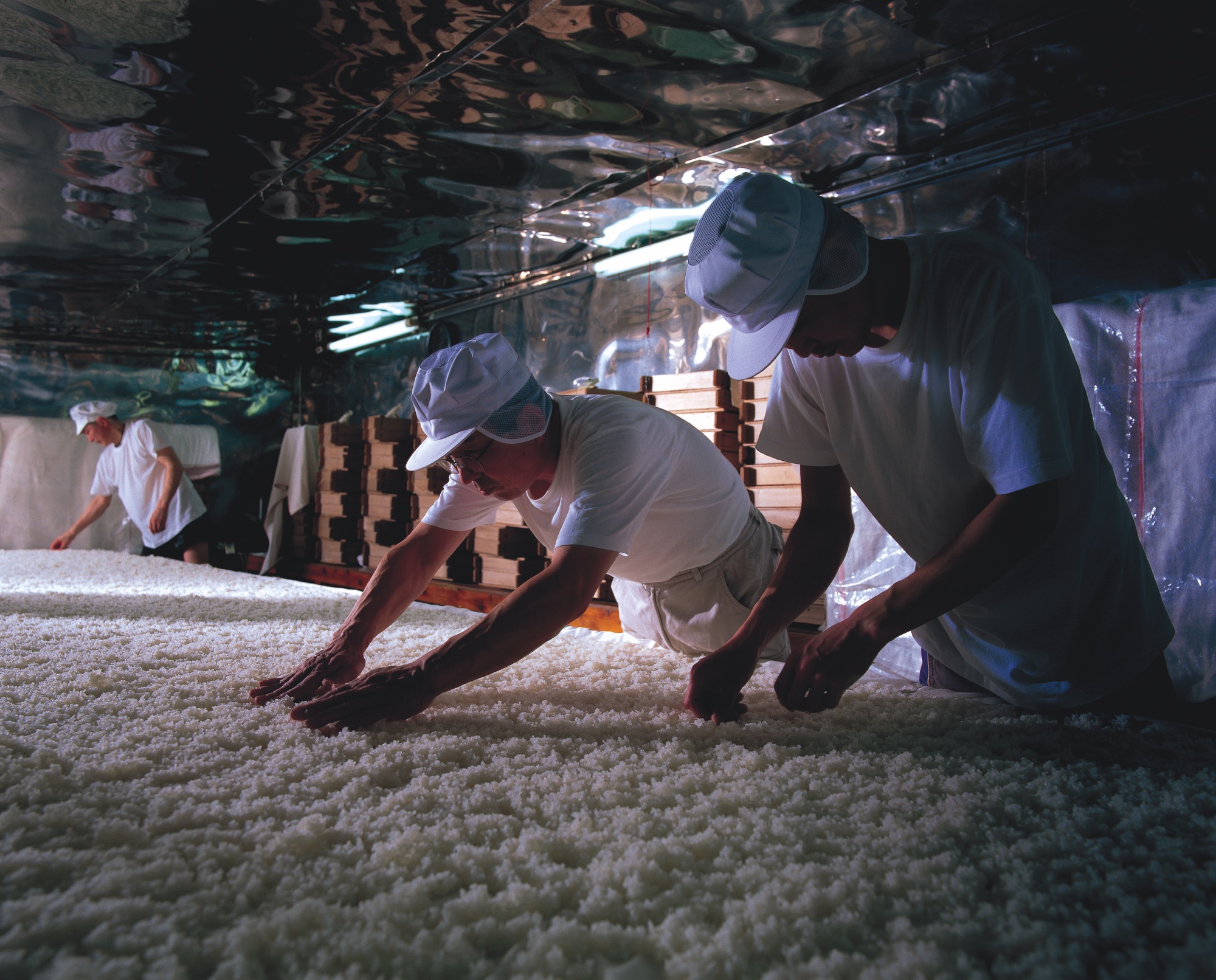
Koji process
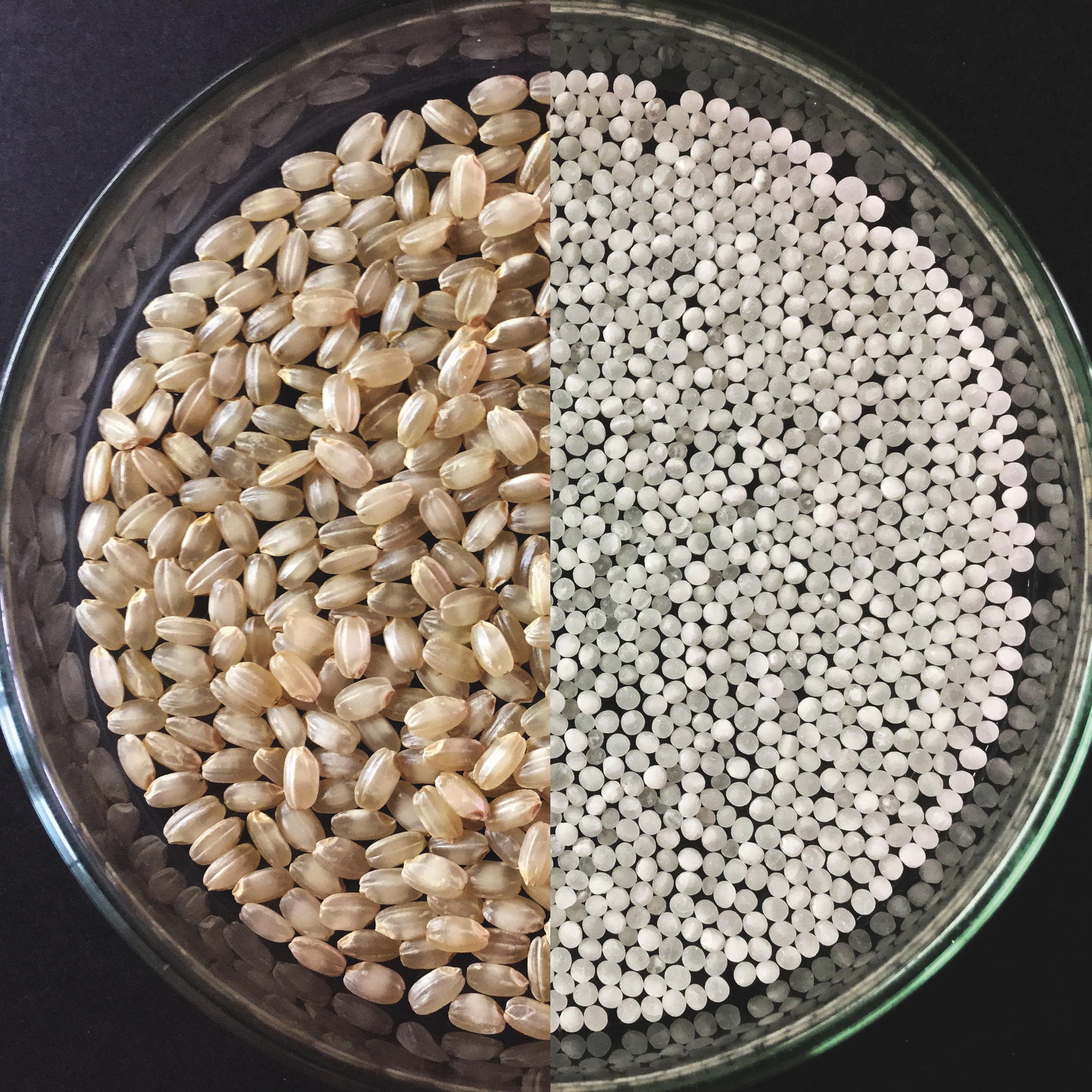
Brown rice vs polished rice
Tradition and Innovation: that is the Kodama family philosophy
There are 50 dedicated people working in Kodama Jozo today. Shin-ichiro, like his father, serves as one of the leaders in the industry, holding various positions in national and regional Sake and Shochu brewers’ associations. “Tradition and Innovation” is the philosophy shared by the family over generations, and our commitment to live and grow with the locals, and to serve our customers, is still very much alive today.
At Kodama Jozo, the new brewing season starts with growing seedlings of rice on small mats to be transplanted into rice fields in May by local farmers. The rice is harvested in September for a new sake brewing year to start in October. This is the annual cycle of sake making in colder regions of Japan like in Akita, which we have nurtured over generations, and the Kodama family’s challenges continue.
Kodama Jozo (Kodama Brewing Co., Ltd.)
Katagami, Akita Prefecture, Japan
www.kodamajozo.co.jp/en
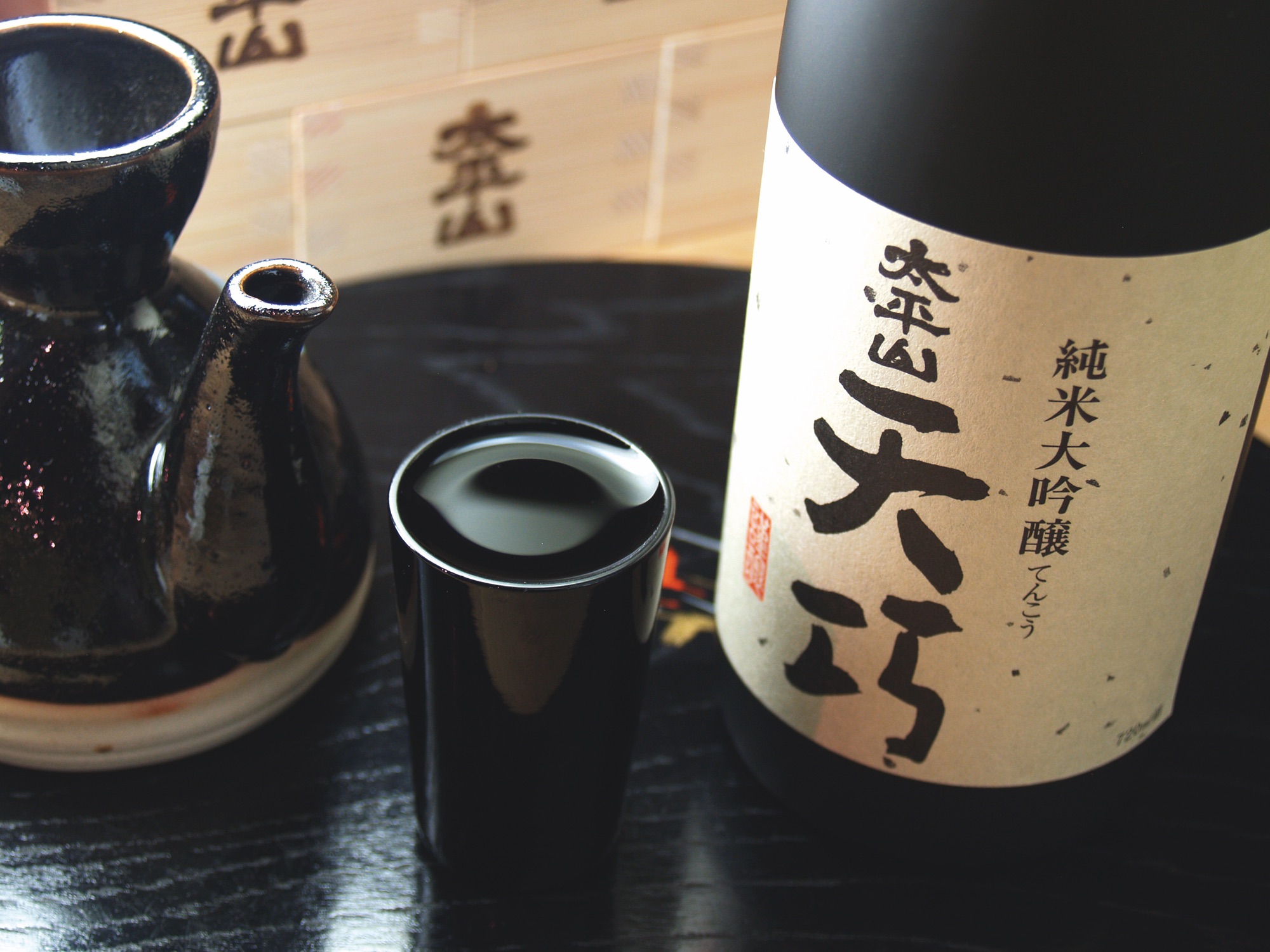
Tenko
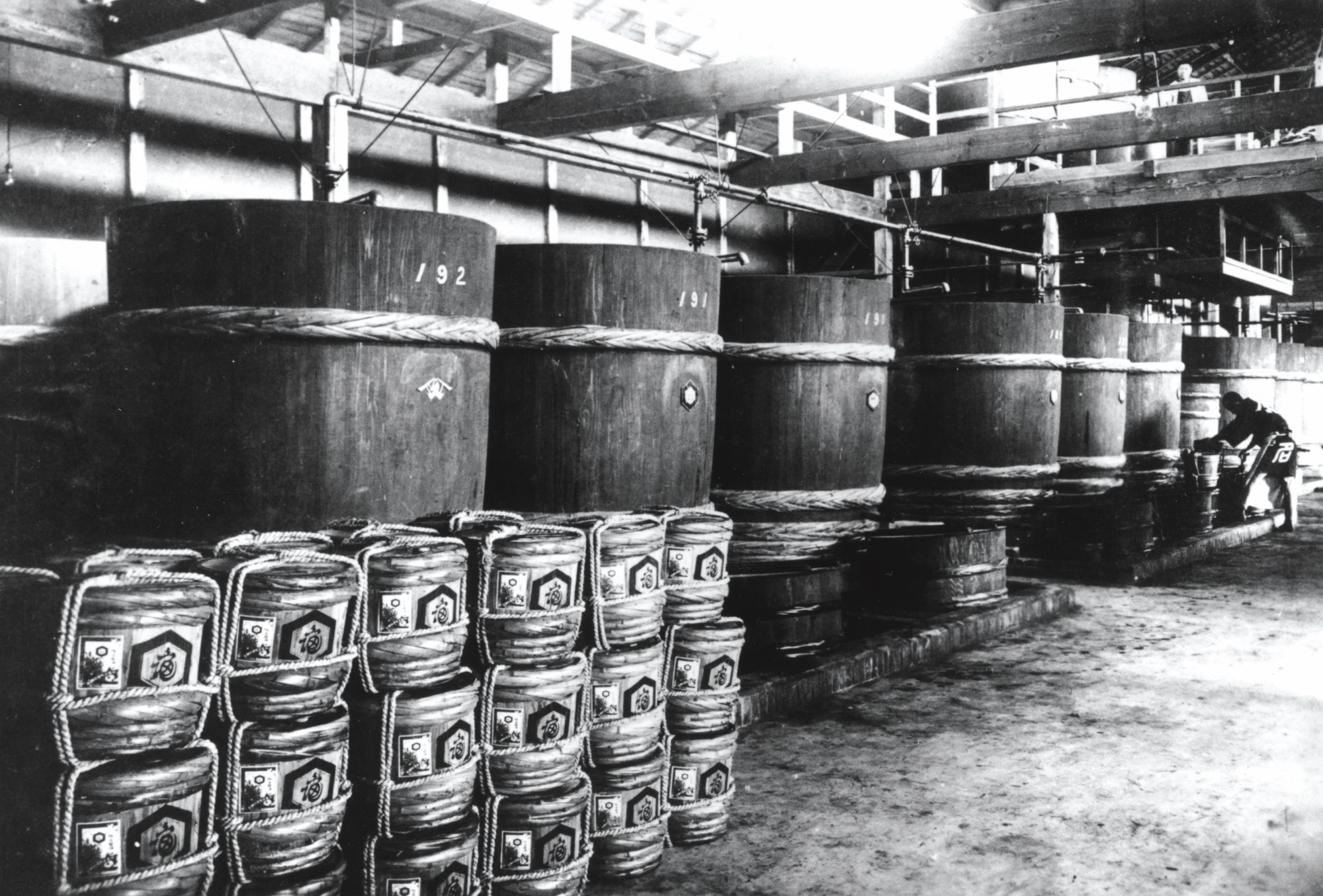
Wooden barrels
THE KODAMA FAMILY AND THE LIDICE MEMORIAL
Lidice is a small Czech village whose name became the symbol of fascist cruelty in World War II for the Czech people. It is located 20km from Prague – or we should rather say it was located there, had been completely wiped out by the Nazis, and then rebuilt anew next to the original location after the war.
The tragedy of this little village and its 503 inhabitants began on June 10th, 1942, a few hours after midnight. The events of that summer day are recorded in a documentary, filmed by those who actually carried out that brutal crime against innocent people. Although it is a silent film, it can be understood by all people, irrespective of their colour or language. This film served as document No. 379 at the Nuremberg trials of the Nazi German leaders in 1945.
All 173 Lidice men were shot, the women and children were taken from their mothers, and, except for those selected for re-education in German families and babies under one year of age, were poisoned by exhaust gas in specially adapted vehicles in the Nazi extermination camp in Poland. The women were sent to Ravensbruck concentration camp, which usually meant quick or lingering death for the inmates.
Having rid the village of its inhabitants, the Nazis began to destroy the village itself, first setting the houses on fire and then razing them to the ground with plastic explosives. They did not stop at that but proceeded to destroy the church and even the last remaining resting place – the cemetery. In 1943, all that remained was an empty space.
After the war, the site was preserved as a memorial, part of which is the monument of the eighty-two bronze statues of Lidice’s children, all victims of war. Toshiko Kodama, the fourth generation’s wife and Shin-ichiro’s mother, was deeply touched by the tragedy, and helped to raise funds in Japan to complete the statues of the children. She was strongly supported by her husband, Jun-ichiro, in this endeavour, as well as by many friends and relatives.
Thank you!

